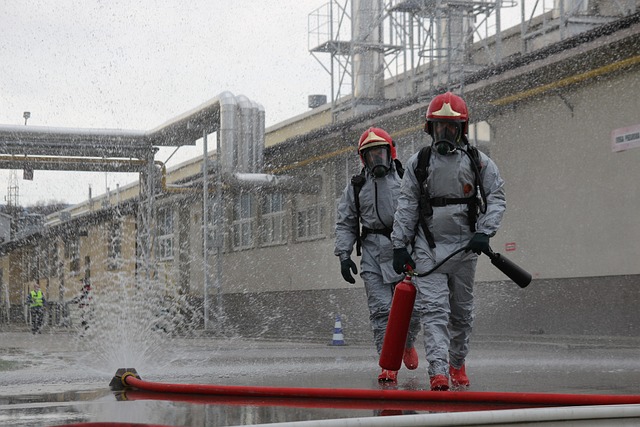The world of gaming has undergone a remarkable transformation over the past couple of decades, morphing from a niche hobby into a global spectacle. As technology has advanced, so too have the ways in which we engage with games and the communities around them. This evolution has birthed phenomena like eSports, captivating millions and igniting a fanaticism that rivals traditional sports fanbases.
At the heart of this explosive growth lies the competitive edge of gaming. Titles like League of Legends, Dota 2, and Counter-Strike: Global Offensive have established themselves as the cornerstones of eSports. These games not only require skill and strategy but also encourage a spirit of camaraderie and rivalry among players and fans alike. The thrill of watching top-tier matches—where split-second decisions define victory or defeat—fuels the flames of fanaticism among viewers.
What drives this enthusiasm? For many, it’s the sheer excitement of competition. Spectators become emotionally invested in their favorite teams and players, cheering them on from the sidelines—whether virtually in chat rooms or physically in packed stadiums. The electrifying atmosphere during live tournaments generates an unparalleled sense of community that binds fans together, much like traditional sports does. Each match brings a surge of adrenaline, with heart-pounding moments that can leave audiences on the edge of their seats.
Moreover, the digital accessibility of eSports means that anyone with an internet connection can participate in this burgeoning culture. Fans can follow their favorite teams through streaming platforms, engage in discussions on social media, or even take part in fantasy leagues. This accessibility further fuels the fervor for gaming, encouraging more individuals to become “fanatics” of the sport. Enthusiasts are not just passive viewers; they often become active participants in the community, celebrating victories and mourning losses alongside their peers.
The rise of eSports has also attracted significant investment from major companies, increasing its mainstream visibility. Sponsorships, merchandise, and high-stakes tournaments are reshaping the landscape of competitive gaming. Just as athletes in traditional sports have their endorsements and fan merchandise, eSports players are now becoming household names, drawing fans who want to emulate their heroes. The increasing professionalism has led to a culture where being a pro gamer is not just a dream—it’s an achievable goal for many aspiring players willing to dedicate themselves to the craft.
As eSports continues to grow, we see more structured leagues and tournaments, echoing the systems in place for traditional sports. The structure brings a corporate presence that elevates the stakes, making every match more thrilling and unpredictable. Here, the fanaticism reaches new heights, with fans investing not only their time but also their emotions and finances into supporting their teams in various forms. The rise of fantasy eSports leagues has made this even more dynamic, enabling fans to manage their ideal rosters and compete for bragging rights, creating a deeper connection to the game.
Thus, the phenomenon of fanaticism in gaming is not merely about the games themselves; it encompasses a vast ecosystem of interaction, identity, and excitement. With millions running to embrace this thrilling landscape, the culture around eSports is firmly entrenched and on an upward trajectory. Fanaticism, in this context, reflects a passionate community that is continuously expanding, leading to the evolution of games, platforms, and the very fabric of how we define competition in the digital age.




